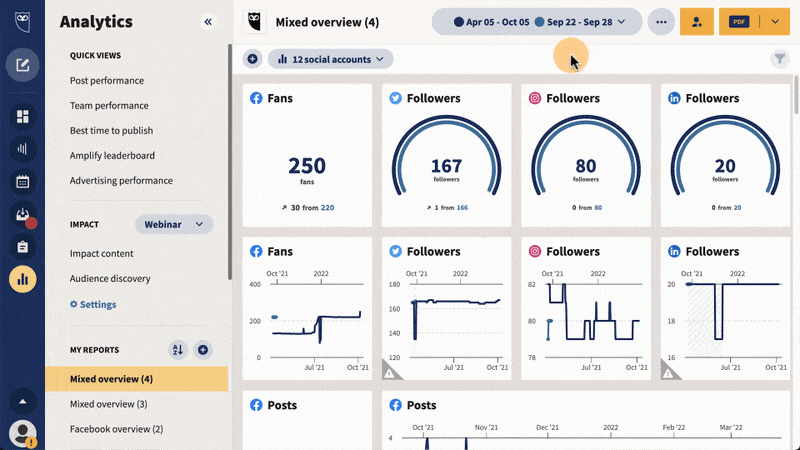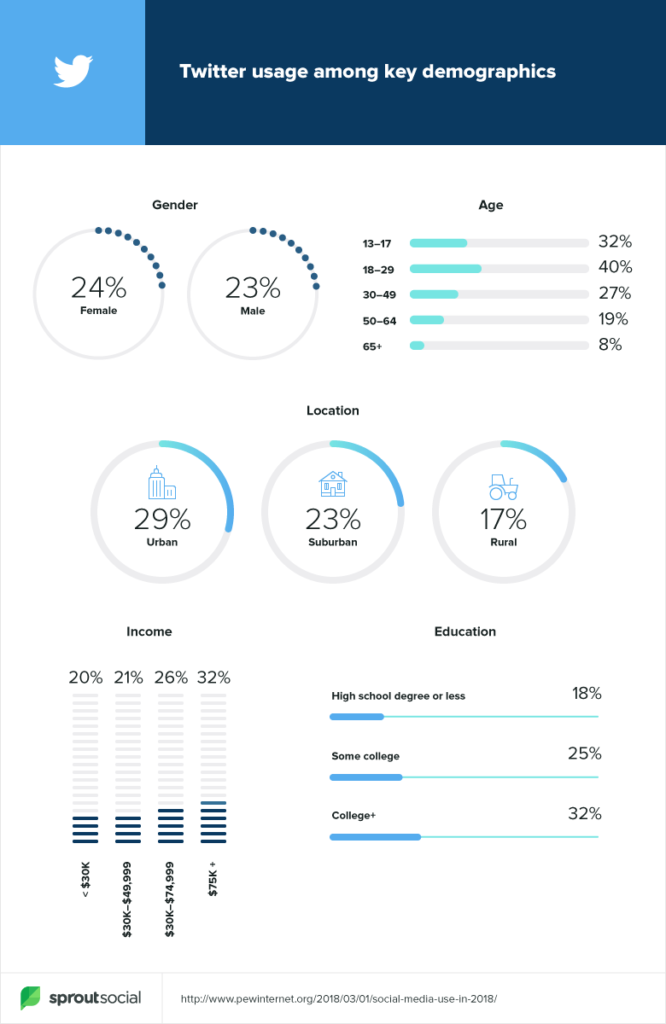
B2C Marketing Automation refers to the tools, processes and methods used to create tailored experiences for specific audiences. This includes integrating data derived from analytics, social networks, and other sources. These tools can also integrated with existing systems. The use of these tools can lead to increased ROI and reduce team workload. These tools not only help businesses to build closer customer relationships but also improve the efficiency of marketing campaigns.
One of the most popular forms of b2c marketing automation is automated email messages. These messages can be sent via different channels and can be personalized to increase open and response rates. Companies can create campaigns that target prospects based on their lifestyle attributes and browsing behavior. Some platforms can also incorporate mobile messaging. Another marketing automation platform is lead generation, smart forms and seamless email.

Welcome emails are another popular method of b2c marketing automation. An automated welcome email can be sent automatically after a visitor's subscription or lead magnet download. It can also go out to visitors who submit questions or requests through a website. A welcome email is a great way to establish a connection with potential customers, and encourage them into making their first purchase.
Personalized emails can generate a 760% higher revenue than non-personalized emails. This strategy can give rise to B2C businesses. Marketers can personalize customer messages by analysing their browsing history, gender and age. They can then deliver messages through multiple channels, including email and social media.
An omnichannel platform marketing tool is another popular option for implementing b2c marketing automation. Using an omnichannel marketing tool allows companies to synchronize their databases and marketing activities across multiple channels, such as social media, websites, and apps. To find the right solution, a company must look for a solution that combines data, scalability, and integration.
A B2C marketing automation solution must consider the data volume that is required. B2C marketing has smaller databases and requires more interaction from users than B2B. A company's B2B or B2C marketing can have an impact on the quality and design of its database. This is why it is crucial to find a tool that can store large amounts without causing users a lot more headaches.

While marketing automation is a great tool for businesses that want to grow, the process can be complicated. Before investing in a platform for marketing automation, it is important to know the differences between each type of business. Make sure the tool you choose is compatible with your specific business needs. The final decision is yours to make about whether you will focus on short sales cycles, or long-term viral marketing campaigns.
The bottom line is that automation in b2c can help you increase your ROI and improve the efficiency of your marketing campaigns. However, it may take some time to find the best approach to automating your campaigns.
FAQ
Can I do my content marketing by myself or with a team?
It all depends on your skills and experience, as well as your budget. If you don't have the resources available to hire someone to take care of the day-to-day content creation, distribution, and optimization tasks, you will need to learn how to do it yourself.
You shouldn't attempt to succeed in content marketing if you don't have the support you need.
A good content strategist or agency can save you time and money while helping you get results faster.
If you don't work hard, deliver quality content consistently and keep up to date with the latest trends, you won't be able to succeed. That's why having a solid content strategy in place is vital.
Can I simply post links to other sites content?
Yes! It's called link building. It is a great way of increasing traffic to your website by linking back to other sites' content. Make sure you only include links from reputable sources.
Why is content so important
Every digital marketing campaign is dependent on content. You must create quality content to attract new customers. This is best done through blogging. Blogging builds authority in your niche which makes you more trustworthy. You can build trustworthiness, which increases your search engine rankings. Ranking high means you receive organic traffic.
What are the different content strategies?
Content strategy refers to all aspects that relate to how you create and manage digital content. It's not just what you publish on social media sites such as Facebook and Twitter but also what you choose to highlight on your website, blog, and other online properties.
Content strategy is important because it defines how you decide where you focus your time and effort, which content types you should use, and what type of messages you send to your audiences.
Understanding how content fits in with the overall business goals and objectives is key to helping you reach them.
What is content marketing?
It involves creating useful and relevant content on your website. This content includes videos, images, text, infographics, etc., and it helps you attract new customers and keep existing ones engaged.
Statistics
- According to our research, 65% of companies with very successful content marketing in 2021 ran content audits at least twice a year. (semrush.com)
- Seventy-two percent business to business (B2B) (mailchimp.com)
- According to the Content Marketing Institute, 70% of B2B marketers and 86% of B2C marketers surveyed use content marketing in some form or other. (criteo.com)
- We found that 40% of businesses don't have a documented strategy yet. (semrush.com)
- Progress indicators (0–100%) allow each team member to see how attainable each goal is and understand what remains to be accomplished. (semrush.com)
- Forty-seven percent of buyers view 3 to 5 pieces of content before engaging with a sales representative. (mailchimp.com)
- To further show the importance of this, 89% of people have stopped doing business with a company because of a poor experience. (neilpatel.com)
- Content marketing produces 3X more leads per dollar spent. Content marketing costs 62% less than traditional marketing. (criteo.com)
External Links
How To
Informationgraphic creation tips for content marketing
Infographics can be a great way to simplify complex concepts and make it easy to understand. Use infographics as a tool to promote your content marketing message.
To create an infographic, Adobe Illustrator or Photoshop is required. You can use these programs to draw out different shapes and elements to represent your data, then add colors and fonts to make everything look nice. Once your design has been created, you can start uploading images from Unsplash/Pixabay to incorporate into it.
Look online for inspiration to create your own infographics. A picture of a food Pyramid could be used to show how many calories each food has. Another option is to take a picture of a can of Coke and look at how much sugar it contains.
Once you've created your infographic, share it on social media channels like Facebook or Twitter. This allows people who don’t know much about the topic to find out more. Use hashtags to let others know what infographic you are sharing on social media. Hashtags allow users to follow along with conversations surrounding specific topics.
Make your infographics shorter than normal if you are creating them. An average blog post will be between 2000 and 5000 words. An infographic, however, only needs 500 to 1000 words. This allows you to convey more information in a smaller space.
Keep in mind that viewers may have difficulty reading small fonts when creating your infographic. Your graphics should be large enough in font size and not rely on too much color. Also, ensure all text is legible.
Here are some other tips.
-
Choose an Infographic Design Template. You can find many templates online or in printed formats. Canva, Piktochart and Google Slides are the most used templates.
-
Make your Infographic. Create your infographic using the template. You can use any media that suits your audience. You might use photos of local restaurants to create an infographic about the best places in Seattle.
-
Add text. Add text after you've created your infographic.
-
Add Images. You can also add images to your infographic. You can add images to your infographic. If you want to add a picture, make sure it's relevant to your topic.
-
Make it interactive. You can also add interactive elements such buttons, maps, links, and other features. This will allow you to engage your audience.
-
Share. Share your infographic when you are done.
-
Measure. What was the performance of your infographic? Did they click through to your site? Did they sign up to your email list? What was their reaction to your infographic?
-
Improve. Are there ways you could improve your infographic? What could you do better next year?
-
Repeat. Do this again!